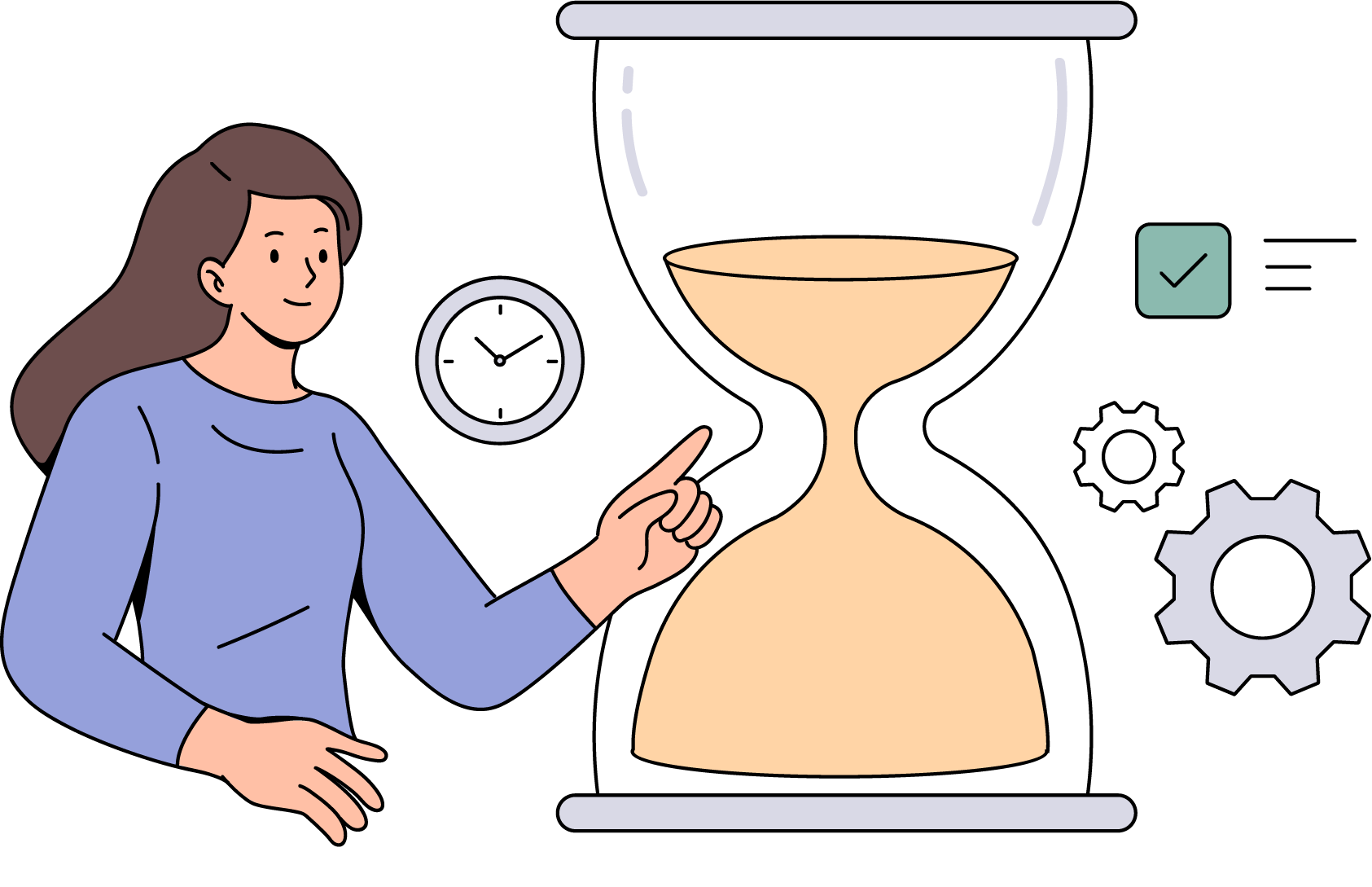Diagnosing Design Process Problems Like a UXer
How I Learned to Spot Inefficiencies by Listening Like a Researcher
Over the years, I’ve found that the same instincts I use in user research—listening, mapping, questioning, observing—can be incredibly effective when applied internally to diagnose problems within a UX or product design process.
At one point, I was leading a team in a highly matrixed healthcare organization where projects were constantly missing timelines, feedback came from five different directions, and designers were burning out. Everyone felt like they were working hard, yet the outcomes didn’t match the effort.
So I did what any good UX practitioner would do: I treated the process as the problem to solve.
I ran internal interviews. I mapped the full journey from project brief to final launch. I shadowed handoffs and sat in on meetings to observe where things were getting lost.
What emerged wasn’t a single point of failure—it was a network of small inefficiencies that, over time, added up to major delays and misalignment.
Start with a Process Listening Tour
To identify friction, you have to hear it first. I reached out across the org to product managers, strategists, developers, QA, and even account leads.
I asked questions like:
What slows things down for you?
What’s confusing about working with the design team?
Where do you feel out of sync or left out?
The insights poured in. Some pain points were technical, like handoff files that lacked specs.
Others were cultural, like unclear expectations or a lack of trust in timelines. All of it was valuable.
Auditing the Design Process with Intent
I developed a framework that could be used again and again, not just by me, but by anyone on my team who wanted to identify ways to improve how we work.
Framework: UX Process Audit Tracker
| Category | What to Evaluate | Pain Point Indicators | Cross-Functional Impact | Design Team Involvement |
|---|---|---|---|---|
| Roles & Ownership | Are responsibilities clearly defined? | Rework due to missed tasks, handoff confusion | PMs, Devs, QA don’t know who to go to | Clarify team roles and establish clear leads |
| Briefing & Kickoffs | Are briefs standardized and reviewed? | Unclear goals, scope creep | Strategists, Account | Co-create and review briefs collaboratively |
| Tools & Handoffs | Are tools used consistently? | Missing files, tool confusion | Devs, QA | Align tooling and streamline delivery formats |
| Feedback Loops | Are review cycles efficient and structured? | Endless revisions, blocked approvals | Stakeholders, Legal, Brand | Establish set review windows and stages |
| Meeting Hygiene | Are meetings effective and documented? | Repeated discussions, lack of outcomes | Cross-functional teams | Define purpose and consider async alternatives |
| Goal Alignment | Is the work tied to business objectives? | Redundant or disconnected deliverables | Leadership, Analytics | Map work to OKRs and use KPIs as checkpoints |
Efficiency isn’t a design department problem to solve alone
The most progress I’ve made has been through partnerships—bringing in product managers to define clearer roles, working with strategists to refine briefs, and collaborating with devs to improve handoff files. Each department has its own micro-frustrations that only get better through shared ownership and trust.
One of the biggest shifts came when I started inviting the design team to co-own process improvements. Rather than dictate a new way of working, I asked them: "Where do you get stuck most often? What would help you do your best work?"
Their feedback led to changes in how we set up projects, how we prepare files for dev, and how we create space for design exploration without delaying delivery.
Final Thoughts
If you want to build a more efficient design process, start by treating it like any other experience challenge: observe the people using it, understand their pain points, and iterate.
By taking time to truly listen to cross-functional partners and inviting your team into the process, you’ll find ways to improve flow, reduce rework, and build stronger relationships along the way.
